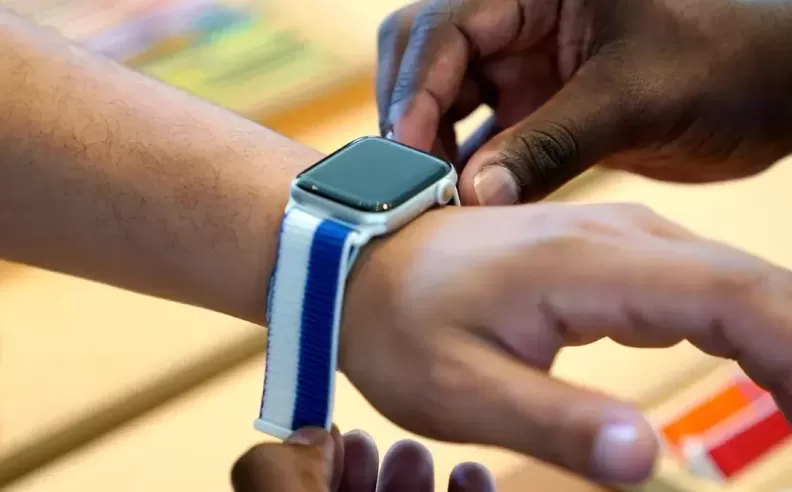
Fitness trackers and smartwatches are supposed to help us lead healthier lives, but a recent study published in December 2024 raises alarming concerns about the materials used in some popular watchbands. Researchers discovered that many bands made from “fluoroelastomer,” a type of synthetic rubber, may contain dangerous levels of PFHxA—a member of the PFAS family known as “forever chemicals” due to their resistance to breaking down in the environment or the human body. These substances have been linked to serious health risks, and their presence on items worn daily is causing growing concern among experts and consumers alike.

Perfluoroalkyl substances, or PFAS, are synthetic chemicals used for their durability, heat resistance, and water-repelling properties. They're found in everything from nonstick cookware and food packaging to firefighting foam and now, smart accessories. The specific compound identified in the 2024 study, perfluorohexanoic acid (PFHxA), is associated with health risks such as immune dysfunction, thyroid disorders, reproductive harm, and kidney issues. These risks stem from the ability of PFAS to accumulate in the body over time, even at low levels of exposure.
What makes PFAS particularly concerning in wearables is the direct skin contact over long periods. While researchers acknowledge that there's still limited data on the rate of absorption through the skin, the prolonged and consistent exposure raises red flags especially for users who wear these bands 24/7, including during exercise, sleep, and even in the shower.

The study tested fluoroelastomer bands from several leading tech companies including Apple, Google, Samsung, Fitbit, and Casetify. Products like Apple’s Sport Band and Google’s Active Band were among those found to contain high concentrations of PFHxA. Despite being marketed for their durability and comfort, these fluoroelastomer bands may come with hidden health risks.
Notably, while some product listings do disclose fluoroelastomer in the materials section, not all brands are transparent making it hard for consumers to know exactly what they’re buying. That’s why it’s more important than ever to check for material details or consider safer alternatives when selecting a new watchband.

If you’re concerned about exposure to PFAS from your wearable devices, consider switching to bands made from alternative materials. Options like silicone, stainless steel, fabric, and genuine leather generally don’t contain the same synthetic compounds as fluoroelastomer and are considered safer choices for skin contact.
Silicone offers a similar flexible and sporty feel, while metal bands provide durability and a sleek look. Leather bands can deliver comfort and sophistication without the added chemical concerns. As awareness of PFAS grows, more brands may also begin to offer chemical-free alternatives or improve transparency about their materials.

Although the study stops short of confirming how much PFHxA enters the body through smartwatch use, it does highlight the need for further research and consumer awareness. Currently, PFAS regulations vary by country and remain limited when it comes to consumer electronics. However, public concern is pushing for more comprehensive legislation and testing requirements, especially for products worn on the skin.
In the meantime, staying informed and making careful product choices can help reduce your personal risk. As more data becomes available and demand for safer products rises, manufacturers may be prompted to reformulate materials and prioritize health as much as functionality.
Let me know if you'd like this article translated into Arabic or adapted for a specific type of audience, like parents, fitness users, or tech consumers.

Started my career in Automotive Journalism in 2015. Even though I'm a pharmacist, hanging around cars all the time has created a passion for the automotive industry since day 1.